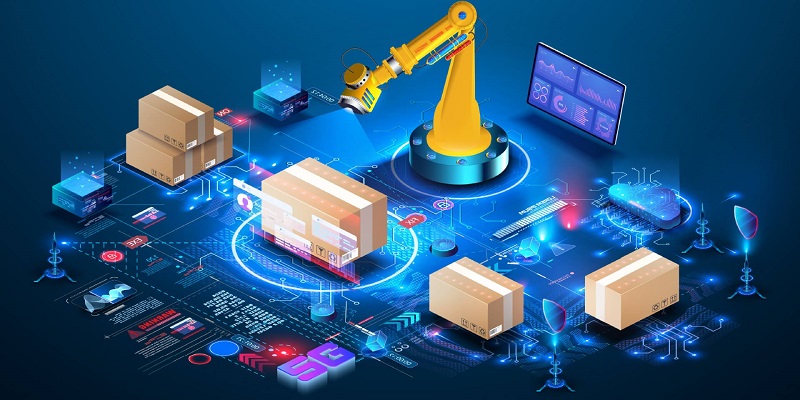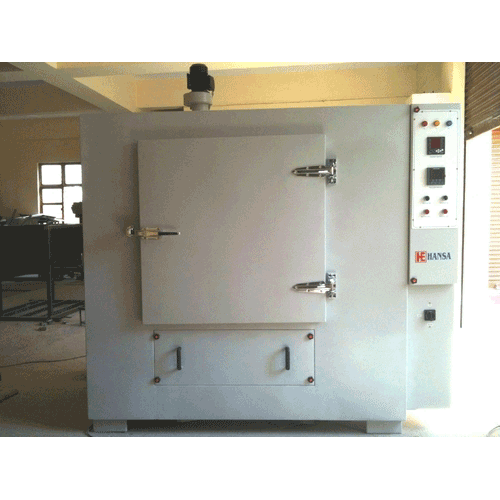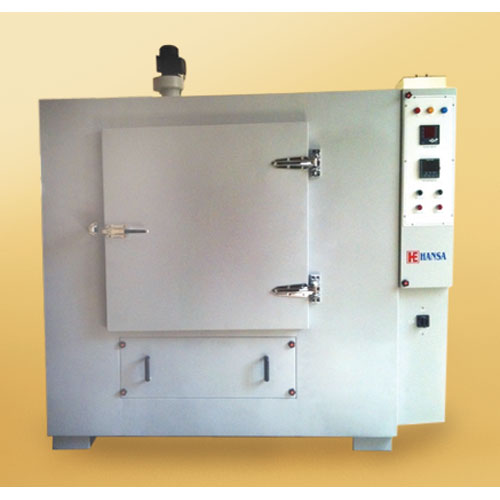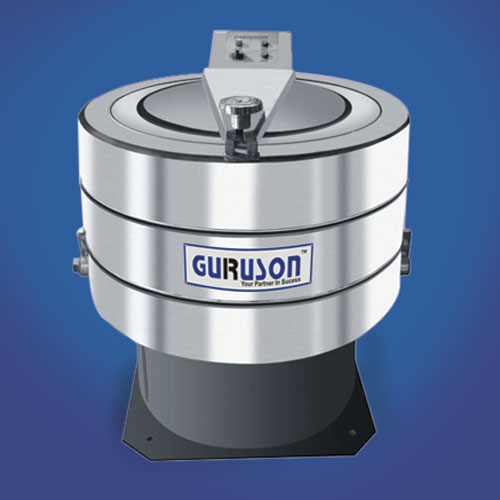Schedule a Call Back
Increase supply chain visibility with better data analytics
 Articles
Articles- Jul 18,22

- Automated data analysis replaces manual analysis, which doesn't always find every source of noncompliance. Hardware and software data sources can be leveraged to achieve process visibility and ensure operation within norms and permissible limits.
- Using historical and real-time data to anticipate manufacturing or distribution equipment failures, and reacting to them before this happens, ensures consistent product quality, consumer safety and company reputation. This serves compliance and visibility by creating strong sourcing and custody records, all the way back to the source of the raw material in some cases. Analysis yields transparency, which leads to accountability.
Related Stories

An integrated approach to create a resilient supply chain
In this concluding article of the 3-part series, R Jayaraman explains the importance of adopting an integrated approach for creating a resilient supply chain (RSC).
Read more
3 Ways automation is shaping the future of industrial cutting
Automated cutting machinery has opened more opportunities for increasingly complex work handled in less time and with fewer or no workers, says Emily Newton.
Read more
Resilient supply chain: Delivering consistency and quality
In this second article of the 3-part series, R Jayaraman explains why integrated supply chain is a must to deliver consistent and high-quality goods and services.
Read moreRelated Products

Heavy Industrial Ovens
Hansa Enterprises offers a wide range of heavy industrial ovens.

High Quality Industrial Ovens
Hansa Enterprises offers a wide range of high quality industrial ovens. Read more

Hydro Extractor
Guruson International offers a wide range of cone hydro extractor. Read more














